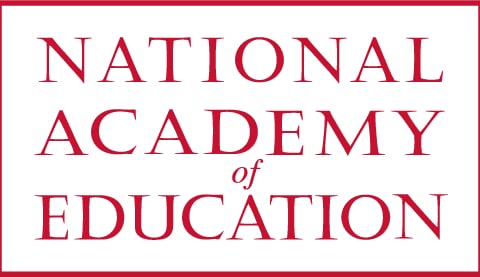Learning to teach literacy in hard to staff secondary schools: A comparison of different pathways into teaching
Morva McDonald
About the research
Award
NAEd/Spencer Postdoctoral Fellowship
Award Year
2007
Institution
University of Washington
Primary Discipline
Teacher Education/Teaching and Learning
We are experiencing a crisis in adolescent literacy. More than 8 million students in grades 4 – 12 are struggling readers, 2 in 3 high school students read below grade level, and 2 in 3 high school seniors are not proficient in reading. Black, Hispanic, and low-income students are the most likely to be reading well below grade level and are also likely to be taught by the least qualified teachers. An essential question for policy makers and teacher educators is: how can we prepare more effective teachers to teach in hard to staff schools with the students most in need?This project takes up this question in a mixed-methods study of two pathways into teaching English language arts (ELA) in hard to staff secondary schools. This study will examine the preparation pathway of prospective teachers enrolled in a highly reputable university-based program, the Mills College Teachers for Tomorrow’s Schools program and Teach for America (TFA) in Oakland, California. This study will follow graduates into their first two years of teaching. Three overarching questions guide this study: 1) What are the preservice opportunities provided to prospective ELA teachers to teach literacy in hard to staff schools, 2) How do teachers in these pathways take up the practices they learned during preparation in their first years of teaching, 3) In what ways, if any, do teachers’ practices improve student learning?Typically, secondary ELA teachers view their role as teaching literature and advanced writing skills, but given the current crisis they need to also address students’ fundamental literacy skills. Thus, I will examine secondary teachers’ preparation and practices for improving secondary students’ reading comprehension and writing abilities. Given the population of students most impacted, I will consider the extent to which teachers are prepared with and implement culturally relevant teaching practices, including those aimed at addressing English language learners. In addition, I will investigate the assessment practices teachers are prepared with and consider how they use such practices to adapt instruction. Finally, I will study teachers’ impact on student learning in the areas of reading comprehension and writing.This study aims to dig below the surface of the large scale quantitative studies comparing multiple pathways to understand in depth the impact of two different pathways on English language arts teachers’ practices in hard to staff schools, and in turn their impact on student learning. The goal is to provide policy makers with guides for developing policies that will improve the quality of teachers and to inform the work of teacher education programs.
About Morva McDonald
N/A
